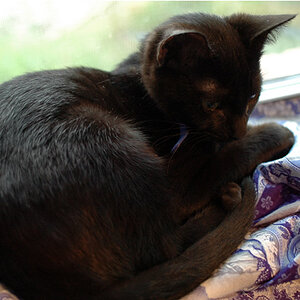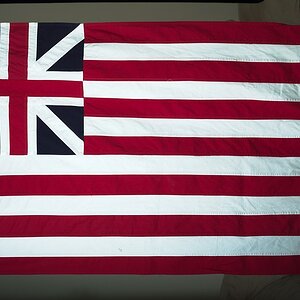jamesd1981
TPF Noob!
- Joined
- Aug 11, 2013
- Messages
- 19
- Reaction score
- 3
- Location
- kilmarnock, scotland
- Can others edit my Photos
- Photos NOT OK to edit
Hi everyone, I am very much enjoying my new Nikon D3300, I am surprised it is not worn done already 
I am determined not to use the auto or guide features and while I have quickly taken to using the viewfinder instead of live view, I am lacking consistency in balancing, aperture, shutter and iso settings in various conditions.
So looking for any advice on that & also seeking some feedback on some early shots, everything welcome from better camera settings to things I can do in lightroom to improve the shot in post.

I am determined not to use the auto or guide features and while I have quickly taken to using the viewfinder instead of live view, I am lacking consistency in balancing, aperture, shutter and iso settings in various conditions.
So looking for any advice on that & also seeking some feedback on some early shots, everything welcome from better camera settings to things I can do in lightroom to improve the shot in post.



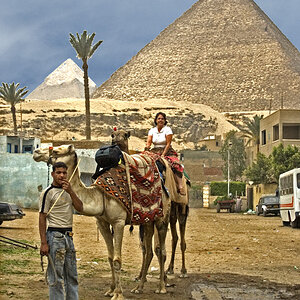
![[No title]](/data/xfmg/thumbnail/37/37127-bf1c0cde30f216dbd2804a0e700d6433.jpg?1619737884)
![[No title]](/data/xfmg/thumbnail/38/38740-d1a7721cf77e9309a9b4a4829c65fdd4.jpg?1619738704)
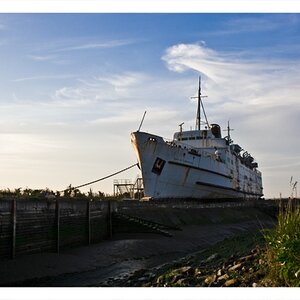
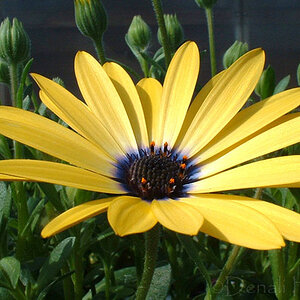

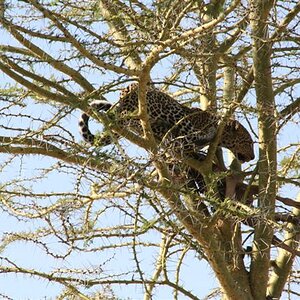
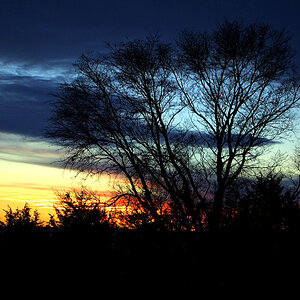
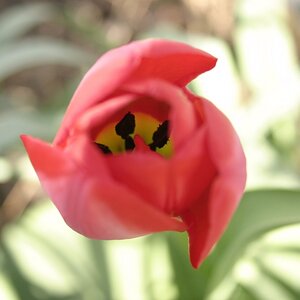
![[No title]](/data/xfmg/thumbnail/37/37605-90c8efaef5b7d1f52d4bf8e7dfd33673.jpg?1619738148)
